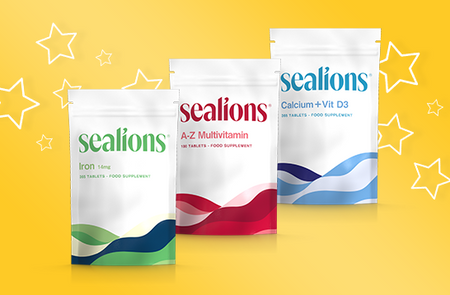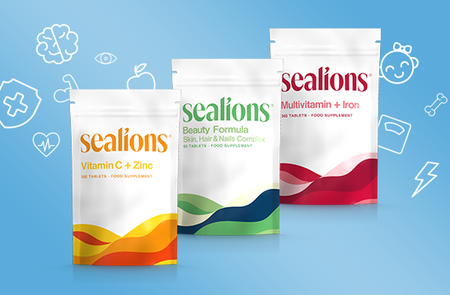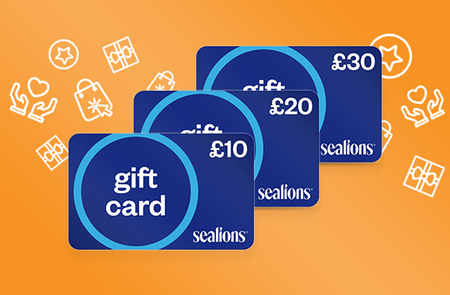
A Beginner’s Guide to Meditation
Meditation gives the image of calm, crossed legs, and total silence. Truthfully, meditation isn’t about being perfect, it’s about creating a space for your mind to breathe. This beginner’s guide is here to walk you through what meditation is, why it can help, and how to get started in a way that works for you (no matter your age or gender).
So, what is meditation? At its core, meditation is the practice of being present. It’s a way to train your attention and notice your thoughts, feelings, or surroundings without getting distracted or overwhelmed by them. You don’t have to “empty your mind” or “stop thinking”, which is a myth. It's more about observing what’s happening within and around you, with kindness and patience.
Benefits Of Meditation
- Greater self awareness
- Increased clarity and focus
- Reduced anxiety/stress
- More patience and compassion for you and others
- Emotional balance
What You Need To Get Started
The first and most important thing you need to do is find your space. Find a spot where you can comfortably sit for a few minutes; it doesn’t have to be fancy or silent, just somewhere you won’t be disturbed. This might be a cosy corner of your bedroom, a comfy chair, a peaceful spot in the garden, or even your parked car during a dinner break.
Once you’ve found your spot, you need to think about the time of day you wish to meditate - a time of day that feels natural but also easy to stick with. You may find it helpful to meditate first thing in the morning or just before bed to wind down. There’s no right or wrong time, it’s about what fits into your routine.
You don’t need any fancy equipment when you’re just beginning. A dedicated meditation cushion can be helpful, but you can just use a regular pillow, a folded blanket, or a chair will work just as well. The most important thing is that you’re comfortable and supported.
5 Simple Meditation Poses (Beginner)
Seated (with feet flat on the floor): Perfect for those who may find the floor uncomfortable or hard on the joints. It allows your spine to stay upright while your body stays upright while your body stays relaxed.
Easy Cross Legged (Sukhasana): A grounding pose most often used in meditation. Sitting with legs crossed on a cushion can feel stable and centred. Great for shorter sessions.
Lying Down (Savasana): Best if you're fatigued, have back issues, or just need to rest your body. Try not to fall asleep.
Supported Kneeling (Virasana): For those with tight hips or knee discomfort, this gives structure and openness to the body.
Hands on Heart/Belly (Reclined or Seated): Placing your hands on your body can offer a sense of connection. It’s especially soothing when focusing on your breath.
Meditation For 50+ And Those With Accessibility Needs
Meditation is for everyone, regardless of age or physical ability. There are plenty of ways to adapt the practice if sitting or lying down is difficult. You can meditate while seated in a supportive chair with good back support, or use extra cushions to help ease pressure on your knees or lower back.
If sitting upright feels too tiring, practicing in bed is completely fine, just simply focus on your breath or try a calming body scan. Even a few mindful inhales while listening to gentle music can be a meaningful meditation.
Helpful Resources
Using resources like meditation apps and timers can be a great way to support your practice, especially when you're just starting.
Headspace - Beginner friendly guided meditations and sleep support.
Insight Timer - Free meditations from global teachers.
Calm - Guided sessions with focus on sleep, relaxation, and stress.
Many of these apps have free versions with plenty of content to use, so you don’t need to spend anything to get started. These tools can help make meditation feel more approachable and consistent.
Tagged:









